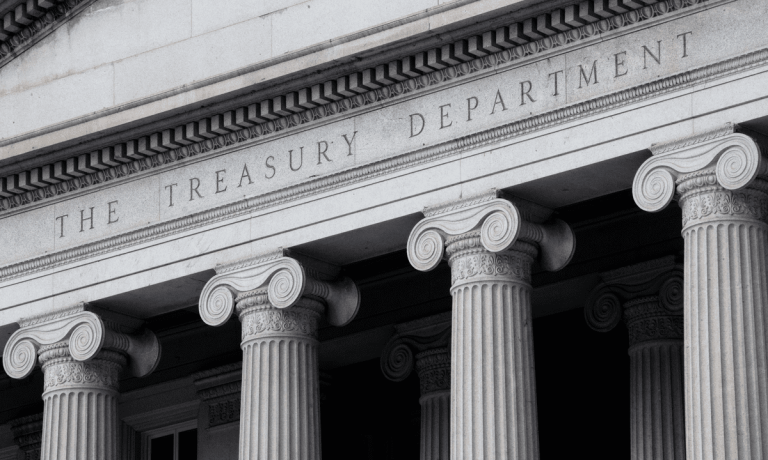Janet Yellen, The Treasury — And What Might Be Next For Banks

Nothing’s set in stone yet, but as the Biden administration settles in, we’ll get some clearer indications about what’s ahead for monetary policy — which impacts the economy, of course — and for banks.
To that end, the Biden administration has tapped former Fed Chair Janet Yellen to serve as Treasury Secretary.
Her bank-centric decisions while at the helm of the Fed may give some indication as to how she might serve while leading the Treasury, if confirmed.
At a high level, she’d be tasked with helping steer an economy buffeted by the pandemic to firmer ground. Part of that effort would be tied to monetary policy where, depending on the relative strength of the dollar, consumers and businesses keep spending (or don’t). Spending, of course, may lead businesses to feel more sanguine about their future prospects, which in turn may make them feel more inclined to add to staffing levels.
Yellen was chair of the Fed from 2014 to 2018, and her tenure ended at a time when the unemployment rate was just over 4 percent. Now it’s just under 7 percent, after, of course, having rocketed into double-digit percentage points as the pandemic truly took hold of the U.S. economy earlier in the year, and millions of businesses were forced to close.
In other words, we’ve improved a bit, but we are not out of the woods yet — not by a long shot.
Yellen has been vocal about her view that we need more stimulus, and soon. She told The Washington Post, “I am particularly concerned about the fact that quite a few, especially low-income workers, stand to suffer permanent job losses.”
As has been widely reported, Capitol Hill is at a bit of an impasse on stimulus, with Democrats advocating a $2.2 trillion package that was first introduced in May. Republicans have pushed for a separate, $500 billion bill.
Regulation Redux?
The Treasury Department also has oversight of key regulatory levers that could reshape the financial services sector. That’s because the department serves as the “parent” agency of the Office of the Comptroller of the Currency. And the Treasury Department, of course, was instrumental in shaping the Dodd-Frank Act, which passed Congress a decade ago, and which placed stricter regulations on banks, and which created the Consumer Financial Protection Bureau.
In a 2018 interview with the Financial Times, Yellen noted that there had been a “huge deterioration” in lending standards and said, “When I see what is happening politically with lobbying and the pushback on the regulators, and the priorities of some of the regulators, I am really concerned we are on the verge of forgetting about the financial crisis and the need for stronger regulation.” Since then, of course, the Trump administration set out to roll back regulations on the sector, with new debt collection rules allowing collection agencies to contact borrowers more frequently (and challenging the very constitutionality of the CFPB). In addition, there was an easement on payday lending rules. In recent weeks there have been concerns raised on the Hill over bank mergers, and we’d contend that deal making would get some scrutiny under a Yellen-led Treasury.
Read More On Banks:
- Commerce Bancshares Reports 3% YOY Growth in Loan Balances
- Cloud Security 101: Treasury Releases Essential Guidelines for FIs
- Banking Sector Seeks More Time on CFPB Open Banking Rule
- US Bancorp: Credit Card Volumes Surge, Loan Delinquencies Stabilize